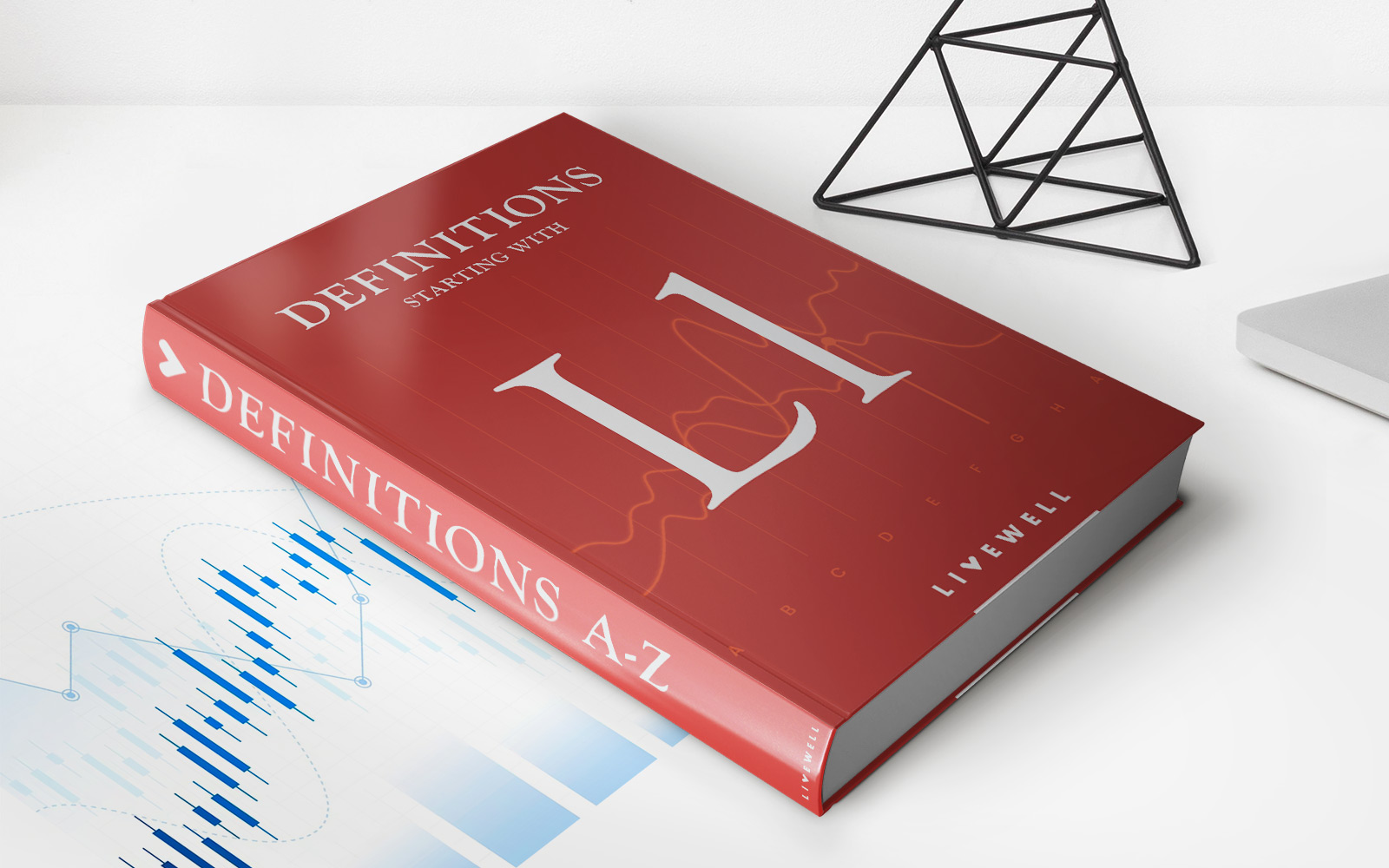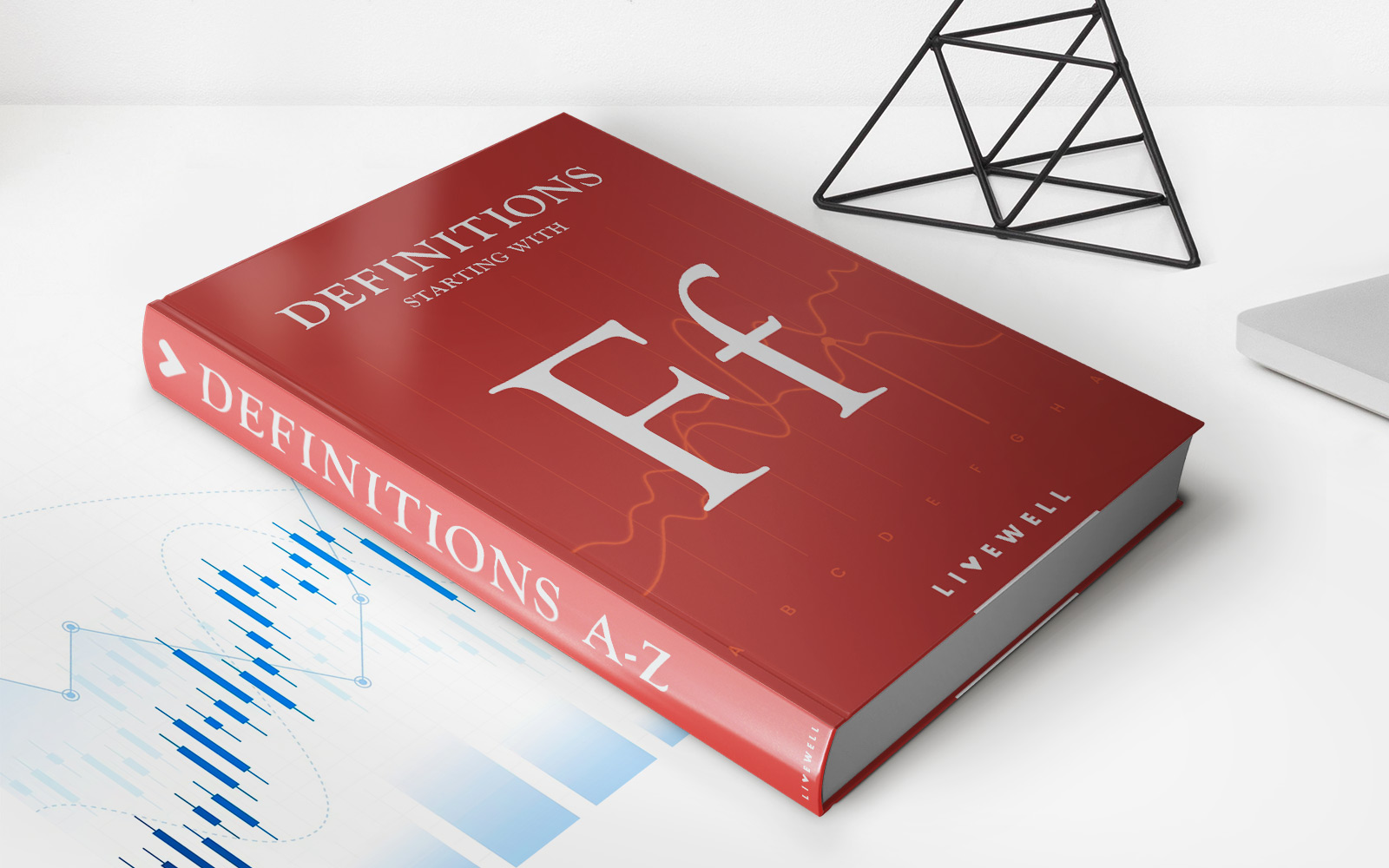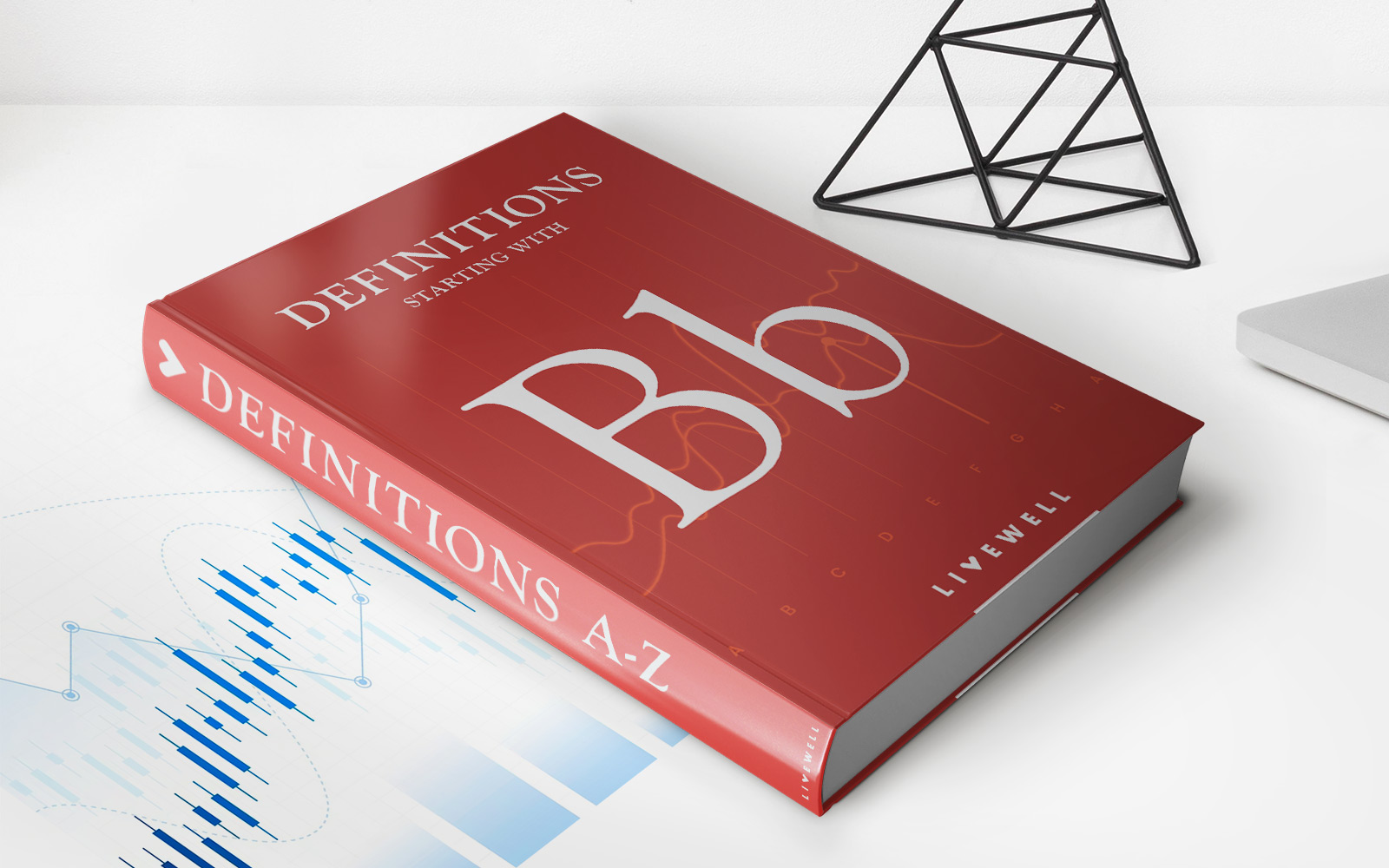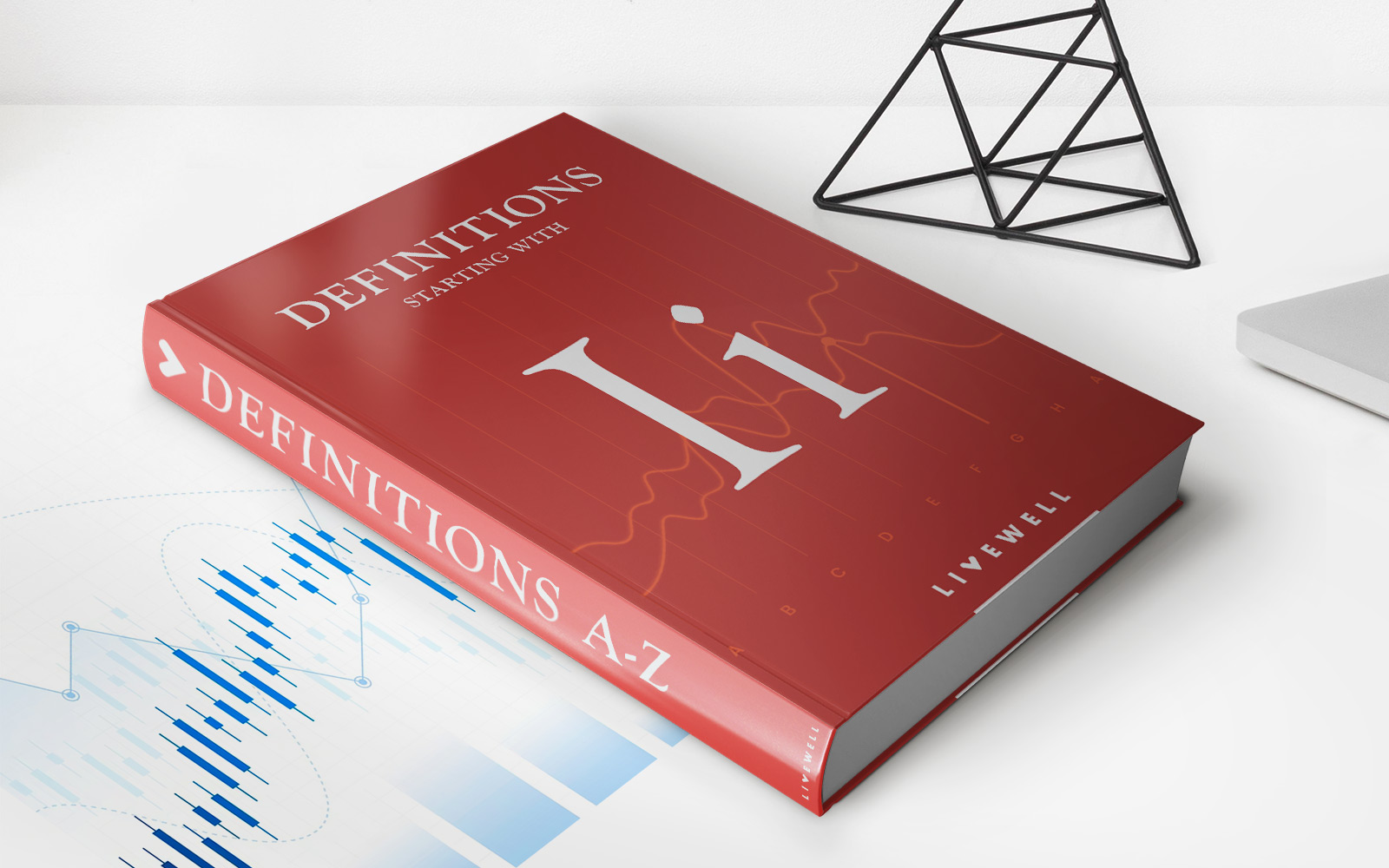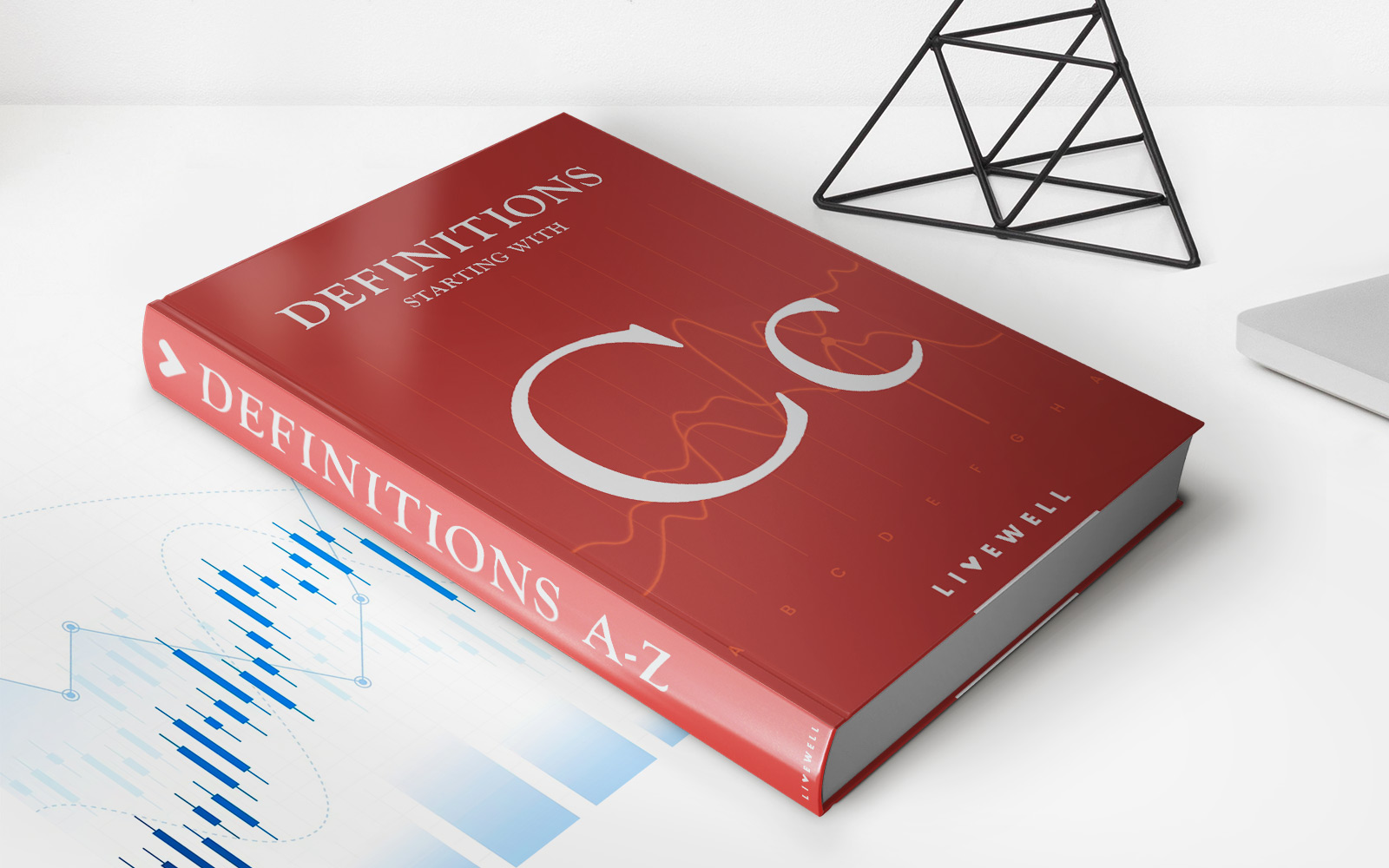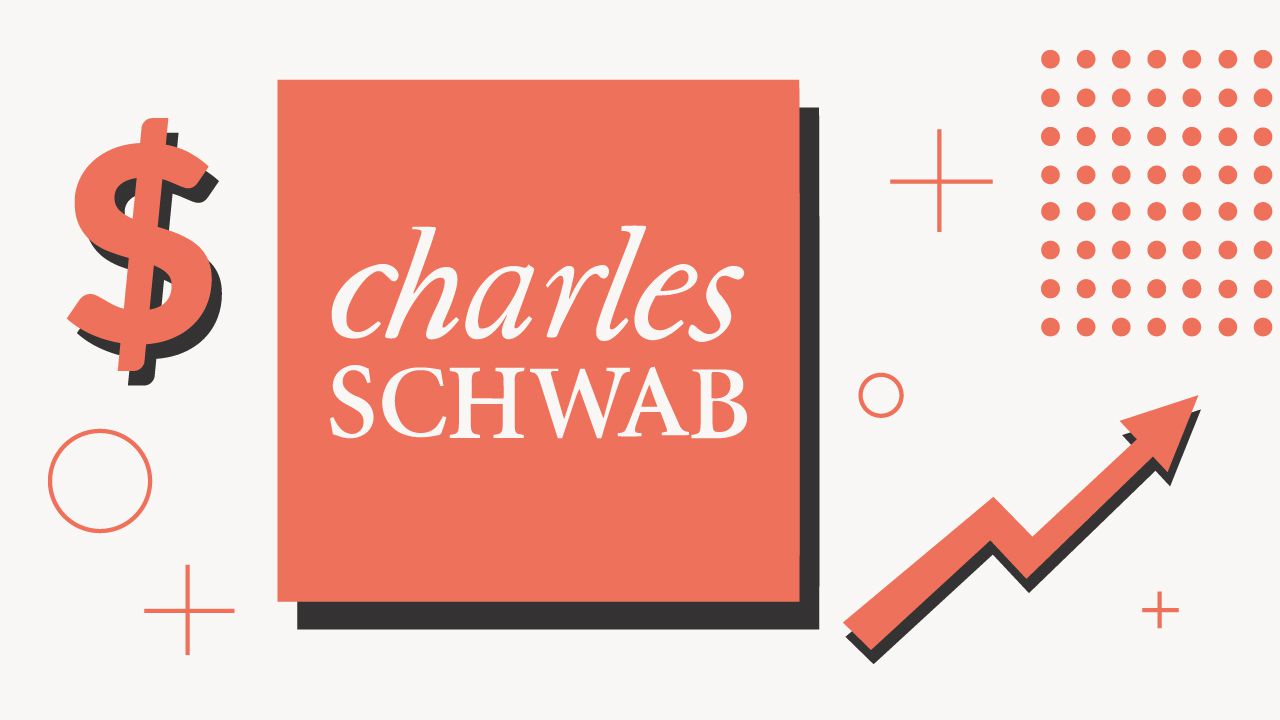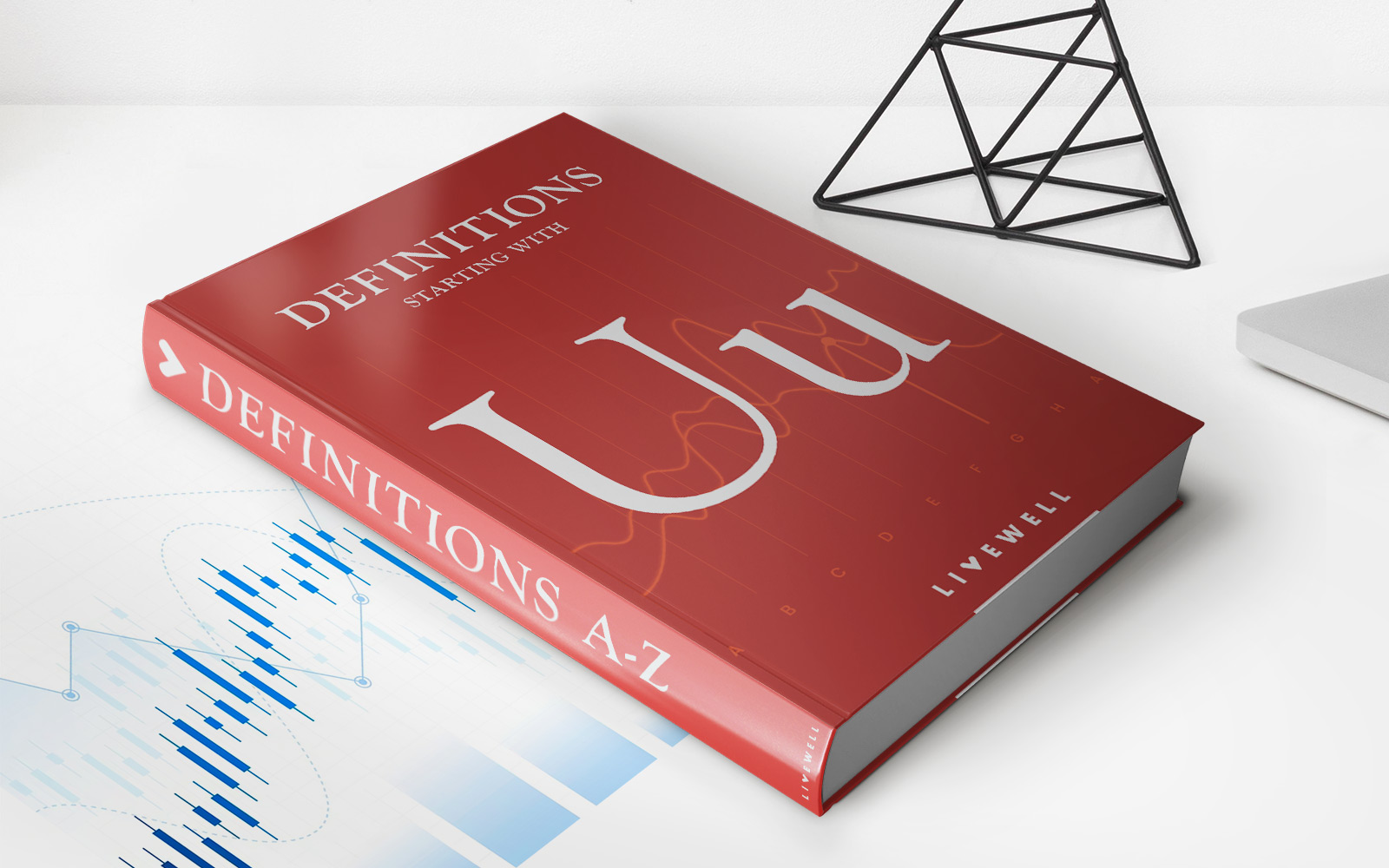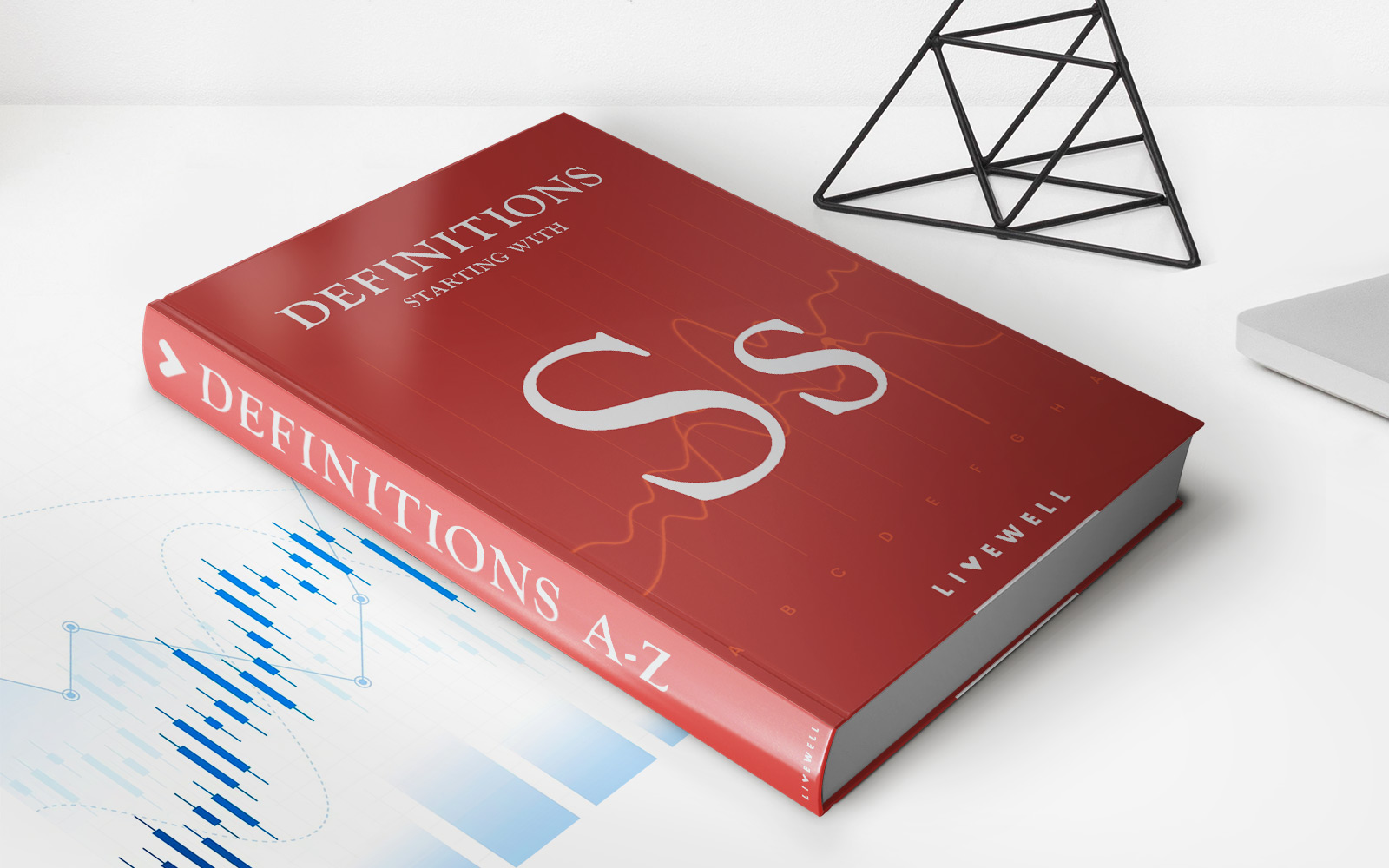

Finance
How Bonds Are Quoted
Published: October 11, 2023
Learn how bonds are quoted in the financial industry. Explore different bond quoting methods and understand the key elements involved in bond pricing and trading.
(Many of the links in this article redirect to a specific reviewed product. Your purchase of these products through affiliate links helps to generate commission for LiveWell, at no extra cost. Learn more)
Table of Contents
Introduction
When it comes to the world of finance, bonds play a crucial role in investment portfolios and the global economy. But have you ever wondered how these bonds are quoted? Understanding the bond quoting process is essential for investors and financial professionals alike.
In simple terms, a bond quote refers to the price at which a bond is traded in the market. It provides crucial information about the bond’s value, yield, and other important metrics. Bond quoting conventions may vary depending on the region and the type of bond being traded.
While the concept of bond quoting may seem complicated at first, breaking it down into smaller components can help demystify the process. In this article, we will explore the various aspects of bond quoting, including bid and ask prices, yield to maturity, clean and dirty prices, as well as some commonly used bond quote conventions.
By the end of this article, you will have a solid understanding of how bonds are quoted and how to navigate this important aspect of the financial world.
Bid and Ask Prices
When looking at bond quotes, one of the first things you will notice is the presence of two prices: the bid price and the ask price. These prices represent the different levels at which market participants are willing to buy or sell a particular bond. Understanding the bid and ask prices is crucial for determining the liquidity and potential value of a bond.
The bid price is the price at which market participants are willing to pay for a bond. It represents the highest price that a buyer is willing to pay to purchase a bond. On the other hand, the ask price is the price at which sellers are willing to sell their bonds. It represents the lowest price at which a seller is willing to part with their bond.
The difference between the bid and ask prices is known as the bid-ask spread. This spread indicates the transaction cost associated with buying or selling a bond. A larger spread typically implies lower liquidity and higher transaction costs.
For example, let’s say you are interested in purchasing a bond, and the bond quote displays a bid price of $99.50 and an ask price of $100. This means that if you want to buy the bond immediately, you would have to pay the ask price of $100. Conversely, if you were to sell the bond, you would receive the bid price of $99.50. The bid-ask spread, in this case, would be $0.50.
It’s important to note that the bid and ask prices may fluctuate throughout the trading day as market conditions change. Factors such as supply and demand, interest rate movements, and market sentiment can all influence the bid and ask prices. Therefore, it’s essential to monitor bond quotes in real-time to stay informed about the latest price levels and market conditions.
Understanding the bid and ask prices is vital for investors as it allows them to make informed decisions regarding buying or selling bonds. By carefully analyzing the bid-ask spread and considering other market factors, investors can determine the optimal price at which to enter or exit their bond positions.
Yield and Price
In addition to bid and ask prices, another important aspect of bond quoting is the relationship between yield and price. Yield refers to the return an investor can expect to receive from holding a bond. It is expressed as a percentage and represents the annualized rate of return based on the bond’s current price.
Price, on the other hand, represents the monetary value at which a bond is bought or sold in the market. The price of a bond is influenced by various factors, including interest rates, credit quality, time to maturity, and market conditions. Understanding the relationship between yield and price is crucial for evaluating the potential returns and risks associated with bond investments.
When bond prices rise, often due to a decrease in interest rates, the yield of the bond decreases. This inverse relationship between bond yield and price is a fundamental concept in fixed income investing. Conversely, if bond prices decline, the yield increases.
For example, let’s say you have a bond with a face value of $1,000 and a fixed coupon rate of 4%. If the bond is trading at a premium price of $1,200, the yield will be lower than the coupon rate. In this case, the yield would be calculated by dividing the annual coupon payment of $40 ($1,000 x 4%) by the bond’s current price of $1,200, resulting in a yield of approximately 3.33%.
Conversely, if the bond is trading at a discount price of $800, the yield will be higher than the coupon rate. Using the same coupon payment of $40, the yield would be calculated as $40 divided by $800, resulting in a yield of 5%.
Understanding the relationship between yield and price is crucial for investors as it helps assess the value and potential returns of a bond investment. By considering current market conditions and expected changes in interest rates, investors can make informed decisions about buying or selling bonds based on their desired yield levels.
It’s worth noting that yield may take different forms, such as yield to maturity and current yield, which we will explore in further detail in the following sections.
Yield to Maturity
Yield to maturity (YTM) is a crucial metric used in bond quoting to gauge the investor’s potential total return if they hold the bond until it matures. YTM takes into account a bond’s current market price, its coupon rate, and the time remaining until maturity.
The YTM represents the annualized rate of return an investor can expect to earn if they hold a bond until it matures and receive all the promised cash flows, including coupon payments and the repayment of the bond’s face value.
To calculate YTM, you need to consider not only the coupon payments but also the price paid for the bond. If a bond is trading at par value, which is equal to its face value, the YTM will be equal to the coupon rate. However, if the bond is trading at a premium or a discount, the YTM will be different from the coupon rate.
For example, let’s consider a bond with a face value of $1,000, a coupon rate of 5%, and five years until maturity. If the bond is trading at a premium price of $1,100, the YTM will be lower than the coupon rate. This occurs because the investor is paying a premium to purchase the bond, resulting in a lower yield. On the other hand, if the bond is trading at a discount price of $900, the YTM will be higher than the coupon rate.
It’s important to note that YTM assumes the investor will hold the bond until maturity and reinvest any coupon payments at the YTM rate. This metric allows investors to compare different bonds with varying coupon rates, maturities, and prices, helping them assess potential investment opportunities and make more informed decisions.
YTM is a valuable tool for investors as it provides a comprehensive view of the potential total return of a bond investment. By considering the YTM, investors can evaluate the overall attractiveness of a bond relative to other investment options and determine whether it aligns with their investment goals and risk tolerance.
Nominal Yield and Current Yield
In addition to yield to maturity, there are two other important yield measures used in bond quoting: nominal yield and current yield. These yield metrics provide different perspectives on a bond’s returns and can be helpful for investors in evaluating bond investments.
Nominal yield, also known as the coupon yield, is the fixed interest rate that a bond pays based on its face value. It represents the annual interest payments relative to the bond’s face value, regardless of the bond’s current market price. For example, if a bond has a face value of $1,000 and a nominal yield of 5%, it would provide annual interest payments of $50 regardless of whether the bond is trading at a premium, par, or discount price.
Current yield, on the other hand, is calculated by dividing the annual coupon payment by the bond’s current market price. It represents the effective rate of return an investor can expect to receive on a bond based on its current price. For example, if a bond has a face value of $1,000, a nominal yield of 5%, and is currently trading at a market price of $900, the current yield would be calculated as $50 divided by $900, resulting in a current yield of approximately 5.55%.
While nominal yield provides information about the fixed interest payments relative to the face value, current yield takes into account the bond’s actual market price. Therefore, current yield reflects the yield an investor would receive if they purchased the bond at its current price and held it until maturity, assuming no changes in interest rates or other factors.
Both nominal yield and current yield are important measures for investors to consider when evaluating bond investments. Nominal yield provides insight into the fixed cash flows the bond promises, while current yield considers how those cash flows relate to the bond’s market price.
It’s important to note that current yield does not take into account any potential capital gain or loss upon maturity or sale of the bond. Therefore, investors should assess current yield alongside other factors, such as yield to maturity and market conditions, to make informed investment decisions and evaluate the overall attractiveness and potential returns of a bond investment.
Clean and Dirty Price
When quoting bonds, two distinct prices are often used: the clean price and the dirty price. These terms refer to different aspects of the bond’s price and help investors understand the impact of accrued interest on the overall value of the bond.
The clean price represents the market price of a bond without taking into consideration any accrued interest. It is the price at which the bond is bought or sold in the market, excluding any interest that has accrued since the last coupon payment. This clean price reflects the actual value of the bond itself, unaffected by interest payments.
On the other hand, the dirty price, also known as the full price or the invoice price, includes the accrued interest in addition to the clean price. It represents the total cost of purchasing the bond, taking into account any interest that has accumulated since the last coupon payment. As a result, the dirty price is higher than the clean price.
The accrued interest is the interest that has accumulated since the last coupon payment date. It is determined by multiplying the bond’s coupon rate by the number of days since the last coupon payment and dividing it by the number of days in a year.
For example, let’s say a bond has a face value of $1,000, a 5% annual coupon rate, and pays semi-annual coupons. If the last coupon payment was made one month ago (30 days), the accrued interest would be calculated as follows:
Accrued Interest = ($1,000 x 5%)/365 days per year x 30 days = $4.11
If the clean price of the bond is $1,020, then the dirty price would be:
Dirty Price = Clean Price + Accrued Interest = $1,020 + $4.11 = $1,024.11
Understanding the distinction between clean and dirty price is important for investors. The clean price allows investors to assess the true value of the bond itself, while the dirty price represents the total cost of purchasing the bond, including the accrued interest. When buying or selling bonds, investors should consider the dirty price, as it reflects the actual amount they will pay or receive for the bond.
It’s worth noting that bond quotes typically display the clean price, and the accrued interest is added to this amount to calculate the dirty price. By understanding the concept of clean and dirty price, investors can accurately assess the total cost and value of a bond investment.
Accrued Interest
Accrued interest is an important factor to consider when dealing with bond investments. It refers to the amount of interest that has accumulated on a bond since the last coupon payment date. Accrued interest plays a significant role in determining the total cost of purchasing a bond and is taken into account when calculating the dirty price.
The accumulation of interest occurs because bond coupon payments are typically made at regular intervals, such as annually or semi-annually. Between coupon payments, the bond continues to accrue interest based on the coupon rate and the number of days since the last coupon payment. The accrued interest compensates the bondholder for the additional interest earned during this period.
The calculation of accrued interest depends on the bond’s coupon rate, the number of days since the last coupon payment, and sometimes the convention for that particular bond or market. Typically, accrued interest is calculated on an actual/actual or 30/360 basis. The actual/actual basis considers the exact number of days in a year, taking into account leap years. The 30/360 basis assumes a year of 360 days, with each month being 30 days.
For example, let’s consider a bond with a face value of $1,000 and an annual coupon rate of 6%. If the bond pays coupons semi-annually, and the last coupon payment was made three months ago (90 days), the accrued interest would be calculated as follows:
Accrued Interest = ($1,000 x 6%)/365 days per year x 90 days = $14.79
This means that if an investor purchases the bond, they will need to pay the clean price of the bond plus the accrued interest to obtain the dirty price. Conversely, if an investor sells the bond, they will receive the clean price minus the accrued interest.
Accrued interest is important for both buyers and sellers of bonds. Buyers need to factor in the accrued interest to determine the total cost of purchasing the bond. Sellers need to consider the accrued interest when determining the amount they will receive for selling the bond.
Keeping track of accrued interest is essential when trading bonds, as it affects the actual amount of money that changes hands during the transaction. Investors and traders should pay close attention to the settlement date to ensure that the accrued interest is allocated correctly and that both parties are compensated appropriately.
Understanding accrued interest helps investors accurately calculate the total cost and value of a bond investment, ensuring transparency and fairness in bond trading.
Spread and Margin
Spread and margin are two terms commonly used in bond quoting to indicate the additional cost or return associated with a particular bond. Both spread and margin reflect the risk and creditworthiness of the issuer.
The spread refers to the difference between the yield of a particular bond and a benchmark yield, such as a government bond or a similar risk-free instrument. It represents the additional yield that investors demand for taking on the risk of holding that specific bond. The spread can vary based on factors such as credit ratings, market conditions, and the perceived riskiness of the issuer.
A larger spread indicates a higher level of perceived risk and a higher yield offered by the bond. On the other hand, a narrower spread implies lower perceived risk and a lower yield. Investors use the spread as a measure of the relative value and risk of a bond compared to other investment options.
Margin, on the other hand, is the additional interest rate or cost charged by a financial institution, such as a bank or broker, above the prevailing market rates. It is the profit margin that the institution earns from lending or trading activities. Margin plays a role when investors borrow money to purchase bonds. The margin rate will vary depending on the creditworthiness of the investor and the type of account or loan agreement.
For example, if a bond carries an interest rate of 5% and the prevailing market rate is 4%, the margin in this case would be 1%. This means that the investor is paying an additional 1% above the market rate as a cost or markup for borrowing the funds or holding the bond.
The spread and margin are important considerations for both investors and issuers of bonds. Investors use the spread to assess the risk and potential return of a bond investment. A wider spread may indicate a higher risk opportunity with potentially higher returns, while a narrower spread may indicate a lower risk investment with lower returns. On the other hand, issuers pay attention to the margin when borrowing money or issuing bonds, as it affects their cost of financing and the attractiveness of their offerings to investors.
Investors should carefully analyze the spread and margin alongside other factors such as credit ratings, market conditions, and the issuer’s financial health to make informed investment decisions. Understanding these terms helps investors evaluate the risk-reward profile and overall value of a bond investment.
Bond Quote Conventions
When it comes to bond quoting, there are certain conventions and formats that are commonly used across the financial industry. These conventions help standardize the way bond quotes are presented, making it easier for investors to compare and analyze different bonds. Understanding these conventions is essential for navigating the bond market effectively.
Bond quotes typically include several key pieces of information, including the bond’s name or issuer, maturity date, coupon rate, yield, and price. The coupon rate represents the fixed interest rate the bond pays, and the yield indicates the estimated return an investor can expect to receive. The price reflects the cost or value associated with buying or selling the bond.
In terms of formatting, bond quotes often follow a standardized structure. For example, the issuer’s name or a ticker symbol is typically displayed alongside the bond’s maturity date and coupon rate. The yield may be expressed as a percentage or basis points (bps) above a benchmark rate.
It’s also important to note that bond quotes may vary between different regions and markets. For example, in the United States, bond quotes commonly use the convention where the yield is quoted on a dollar price basis. This means that the yield represents the annual interest payments relative to the bond’s dollar price, rather than its face value.
In contrast, in Europe, bond quotes typically use the convention where the yield is quoted on a percentage basis. This means that the yield represents the annual interest payments relative to the bond’s face value.
Additionally, bond quotes may also include information about the bond’s credit rating, which provides an assessment of the issuer’s creditworthiness. Higher-rated bonds are considered less risky and generally offer lower yields, while lower-rated bonds carry higher risk and offer higher yields to compensate investors for taking on that risk.
It’s essential for investors to familiarize themselves with the bond quote conventions used in the markets they operate in or are interested in. This knowledge helps investors understand the information provided in bond quotes, compare different bond offerings, and assess potential investment opportunities more effectively.
Navigating bond quotes and understanding the conventions used is an important skill for investors and financial professionals. By being well-versed in bond quote conventions, investors can make informed decisions, evaluate potential risks and returns, and build a well-diversified bond portfolio.
Conclusion
Understanding how bonds are quoted is crucial for investors and financial professionals navigating the world of fixed income investments. Bond quoting involves various aspects such as bid and ask prices, yield to maturity, nominal yield, current yield, clean and dirty prices, accrued interest, spread, margin, and quote conventions.
Bid and ask prices reflect the levels at which buyers are willing to purchase a bond and sellers are willing to sell. Yield to maturity provides investors with an estimate of the total return they can expect from holding a bond until it matures. Nominal yield and current yield offer insights into the fixed interest payments relative to the bond’s face value and its current market price, respectively.
The distinction between clean and dirty prices is important as it factors in accrued interest, which accumulates between coupon payments. Accrued interest represents the amount of interest that has accumulated on the bond since the last coupon payment and impacts the overall cost of purchasing a bond.
The spread and margin indicate the additional cost or return associated with a bond, reflecting the risk and creditworthiness of the issuer. Understanding these terms helps investors assess the potential risk-rewards of a bond investment.
Lastly, bond quote conventions provide a standardized format for presenting bond information, ensuring consistency and facilitating comparisons. However, these conventions may vary across regions, and it is crucial for investors to be aware of the conventions used in the markets they operate in.
By comprehending these key aspects of bond quoting and their implications, investors can make informed investment decisions, assess potential risks and returns, and build a well-diversified bond portfolio. Taking the time to understand these concepts and staying updated with real-time bond quotes and market conditions will enable investors to navigate the bond market with confidence and maximize their investment opportunities.
